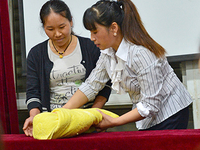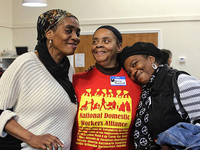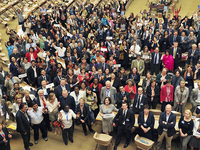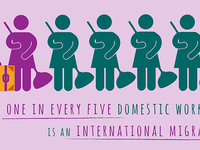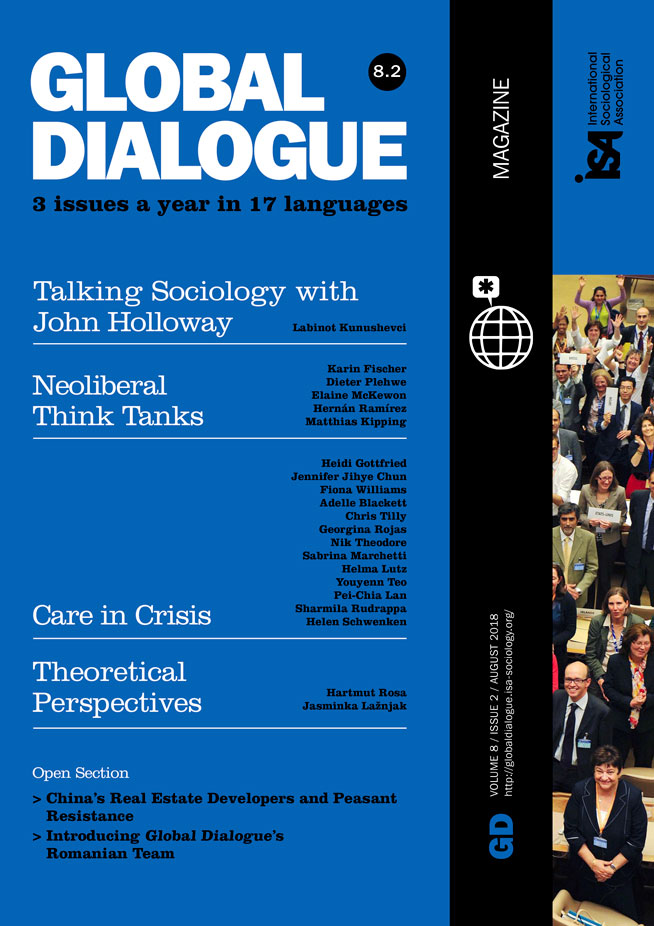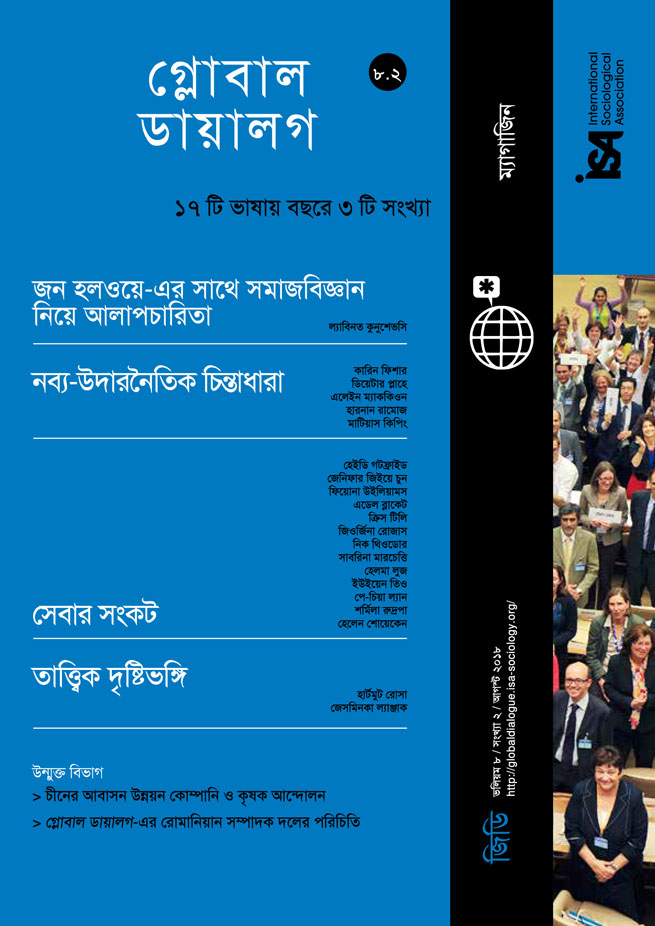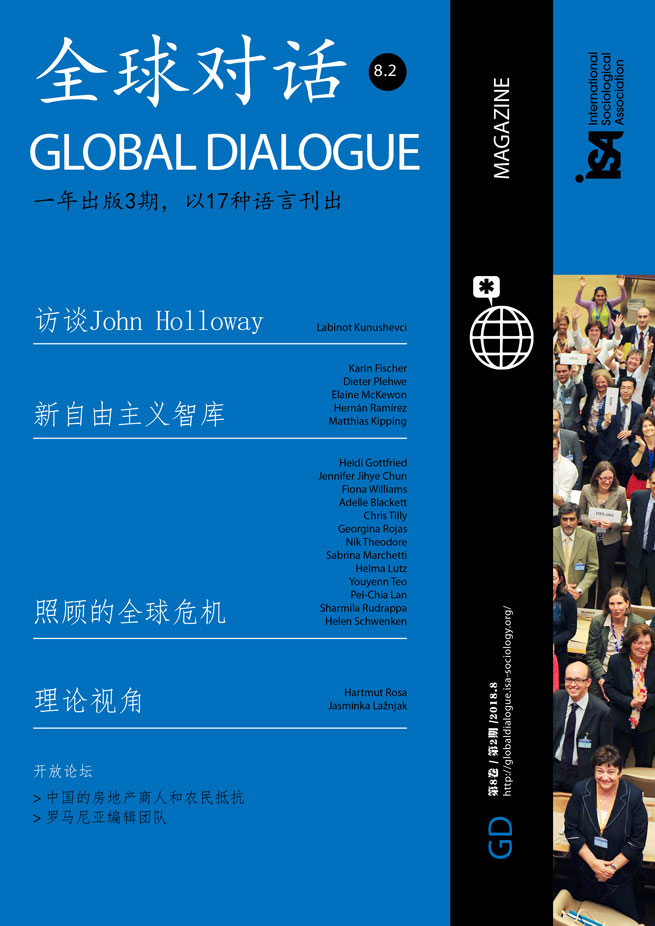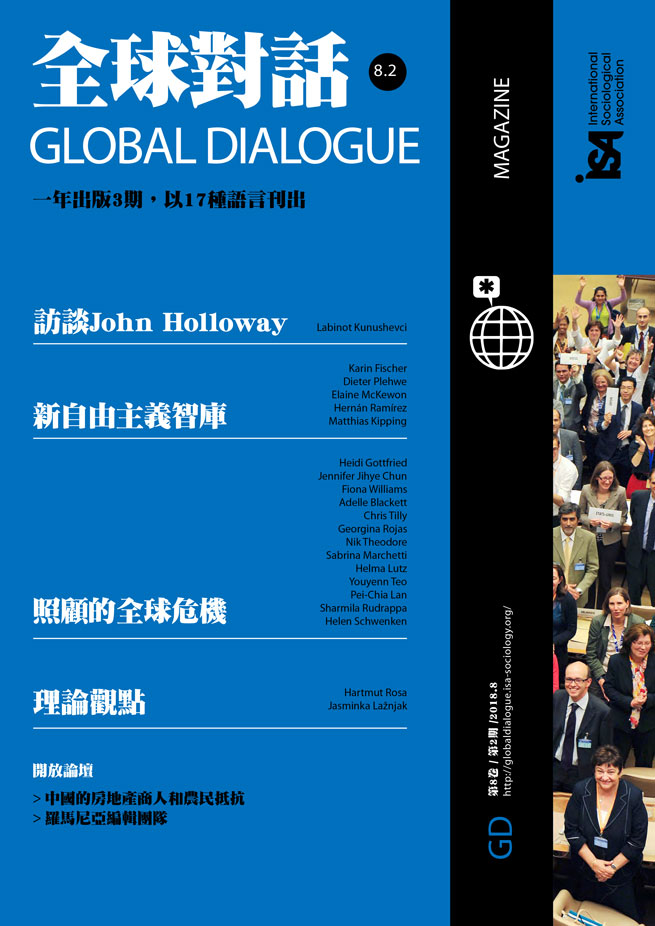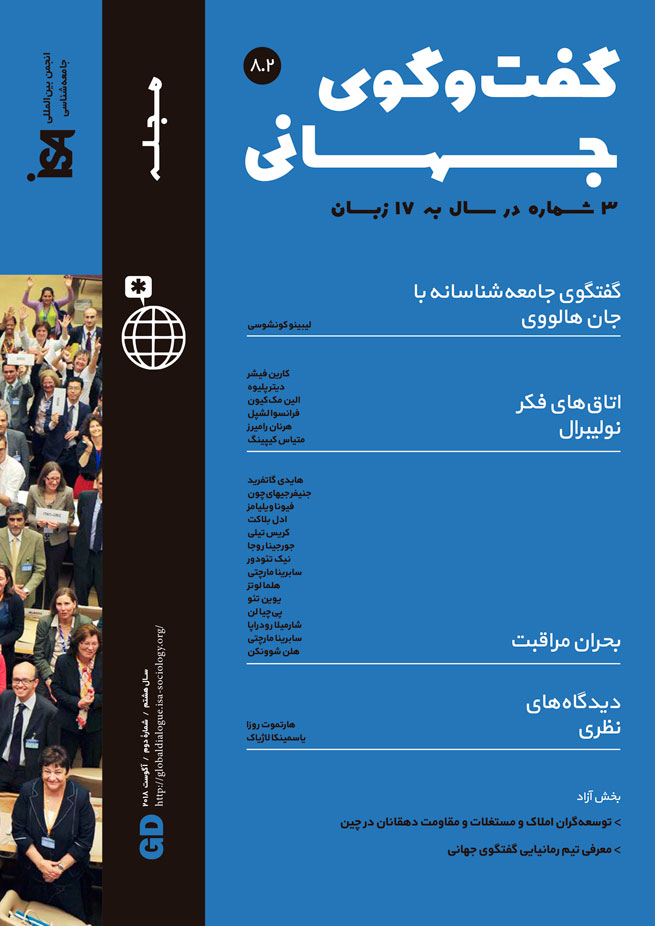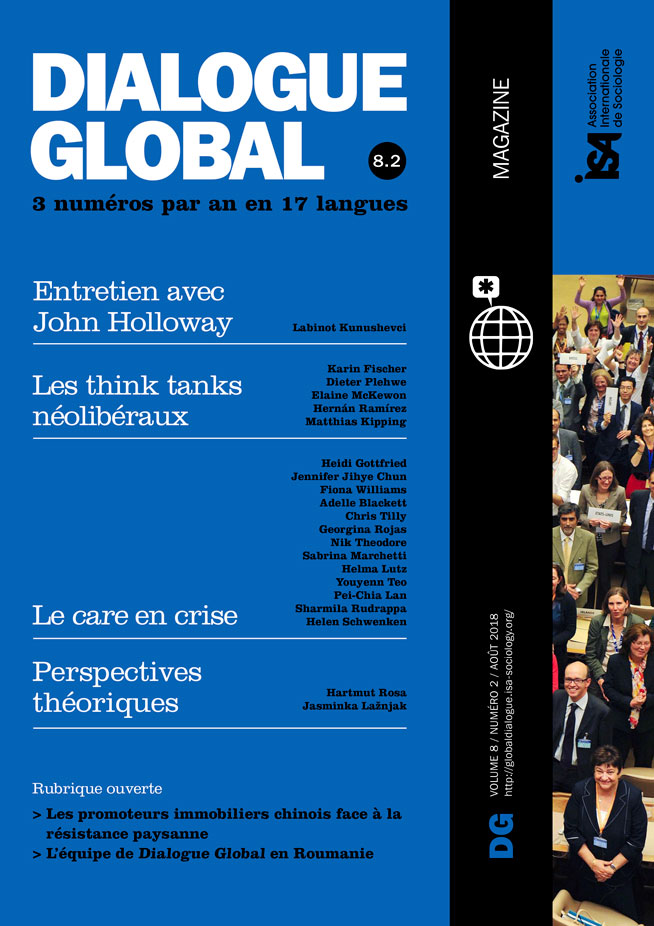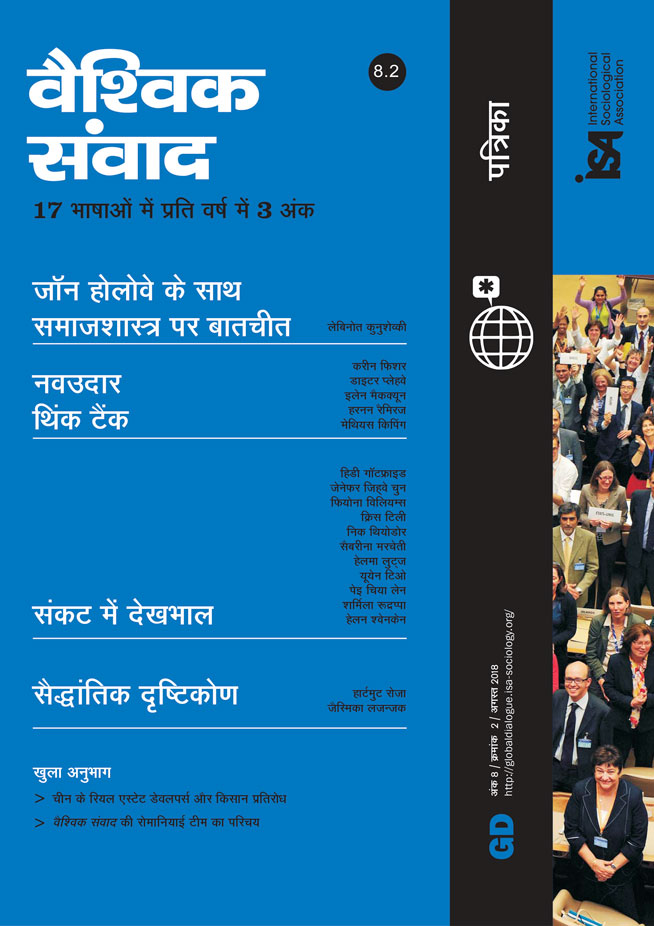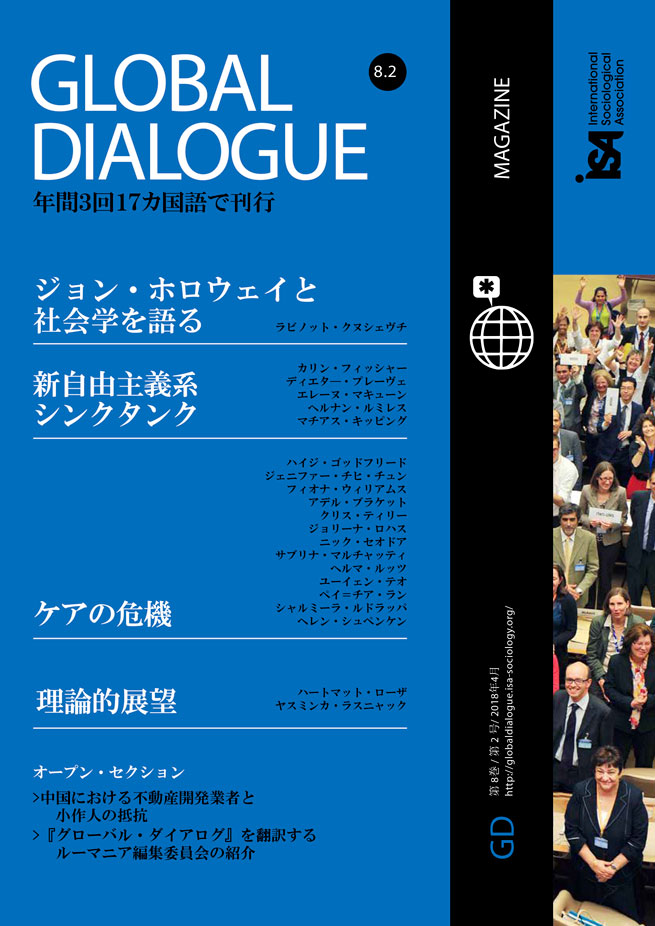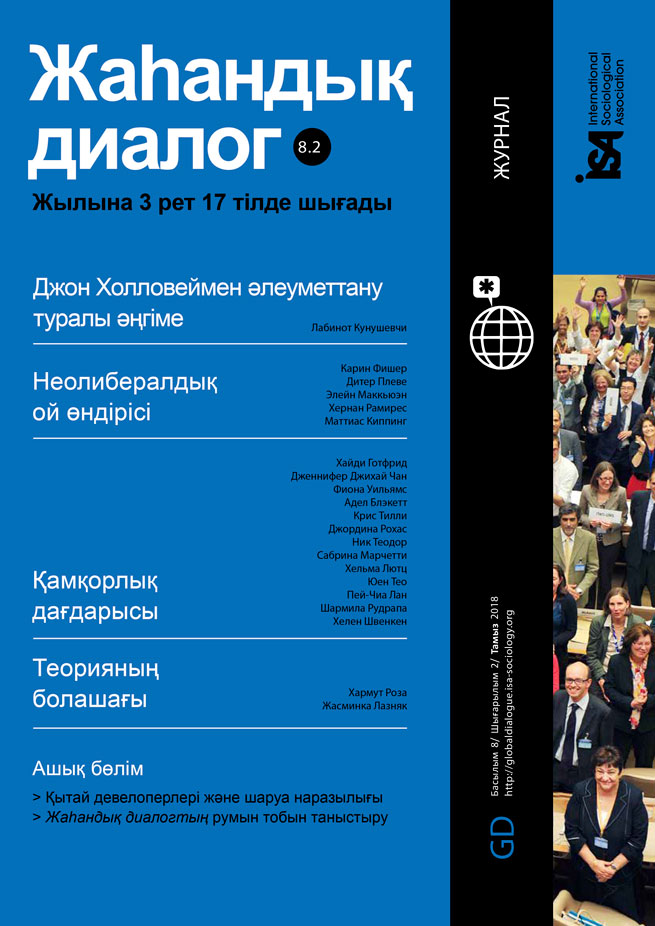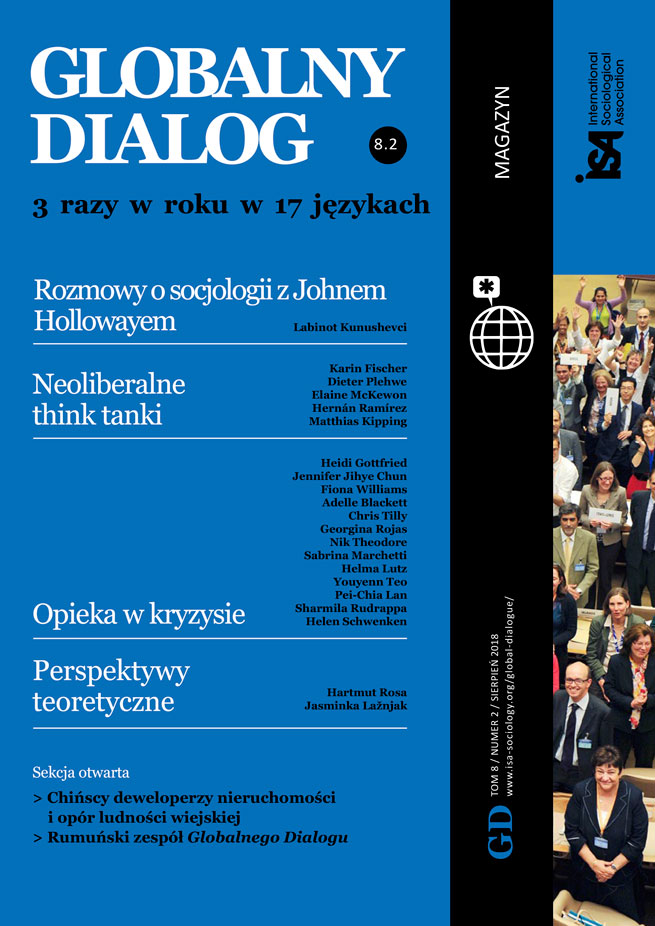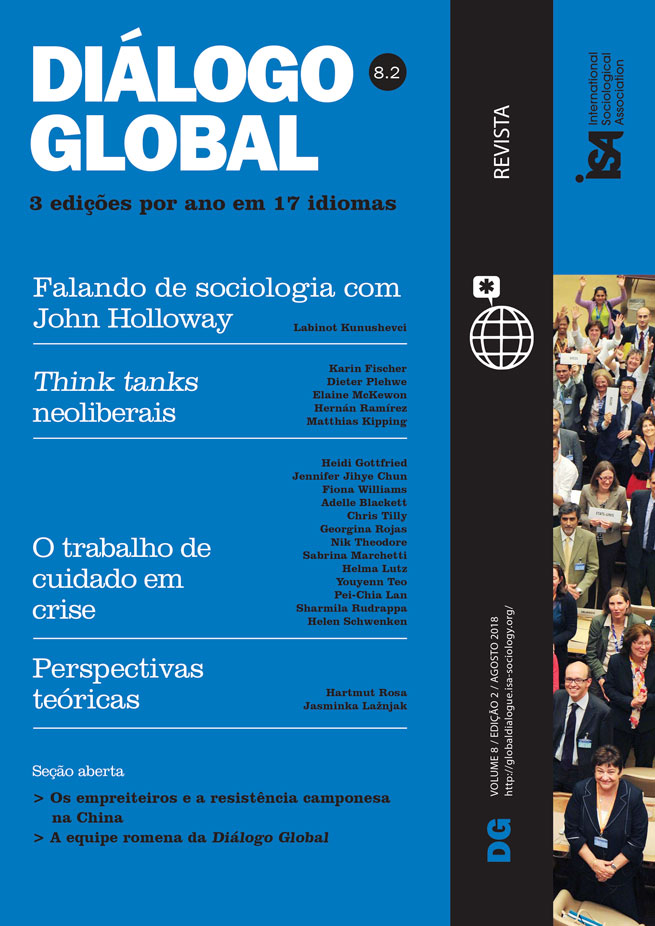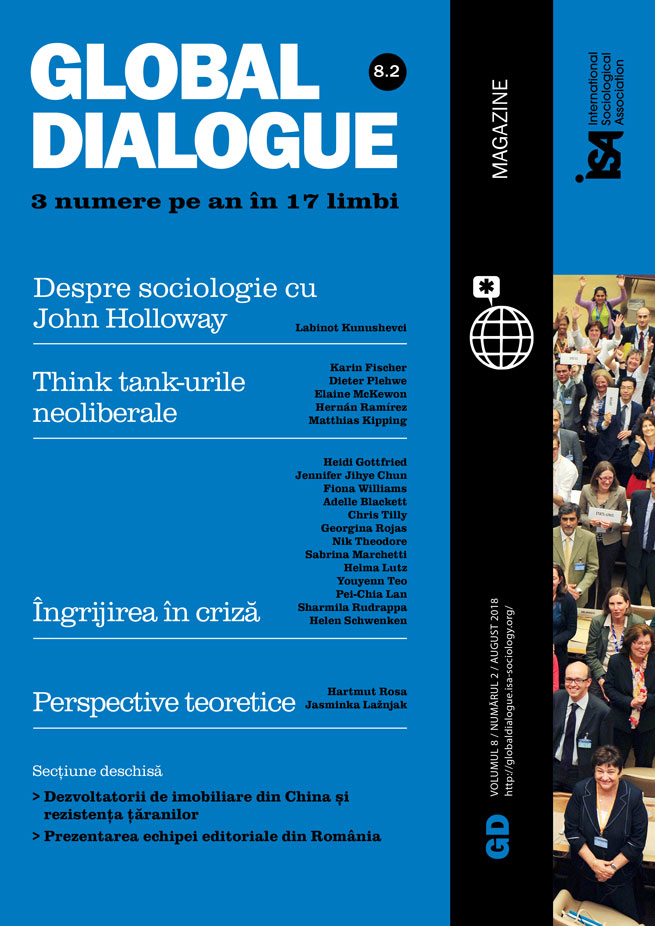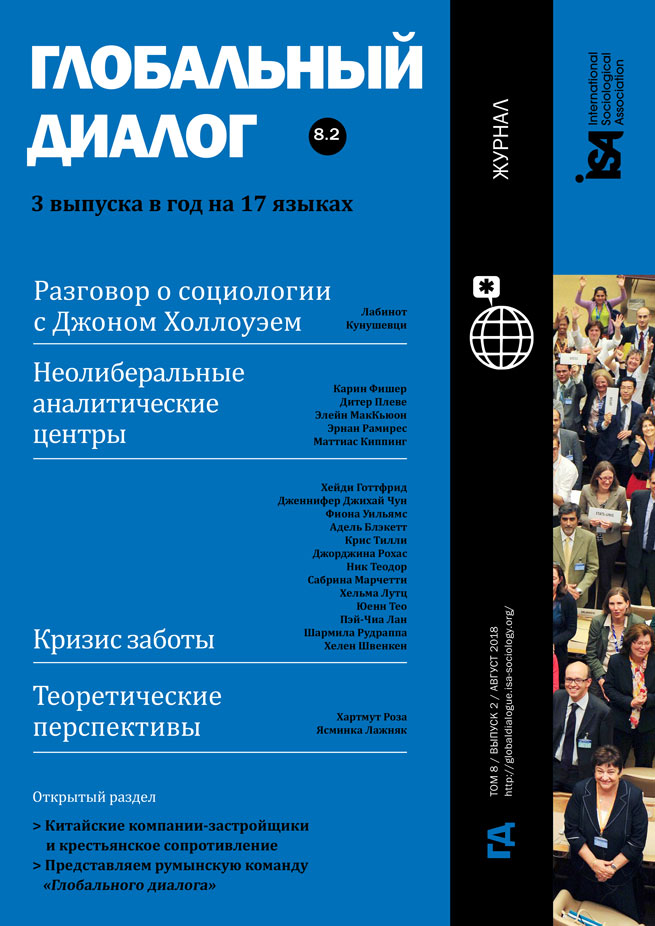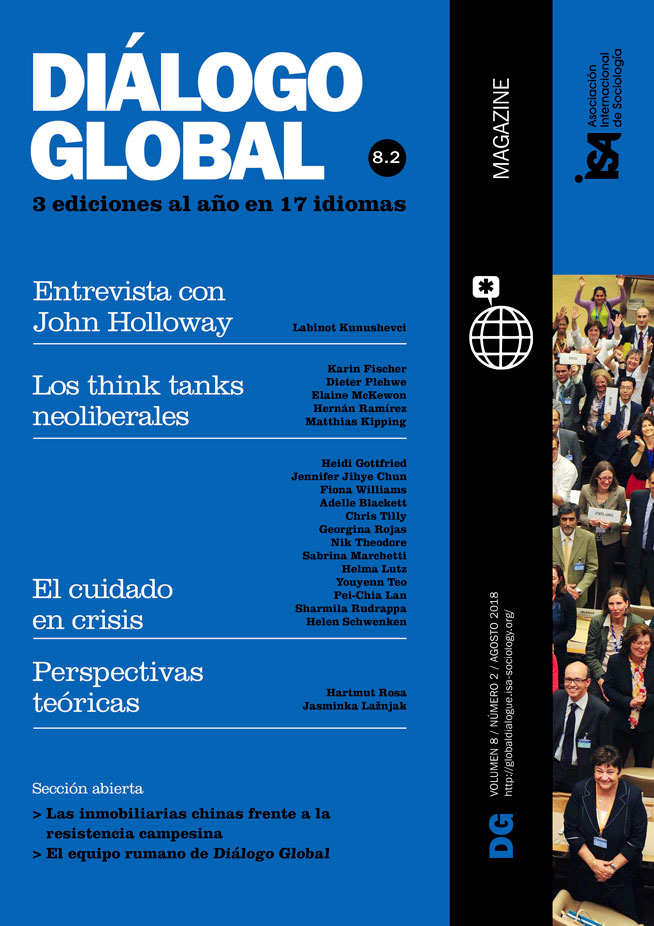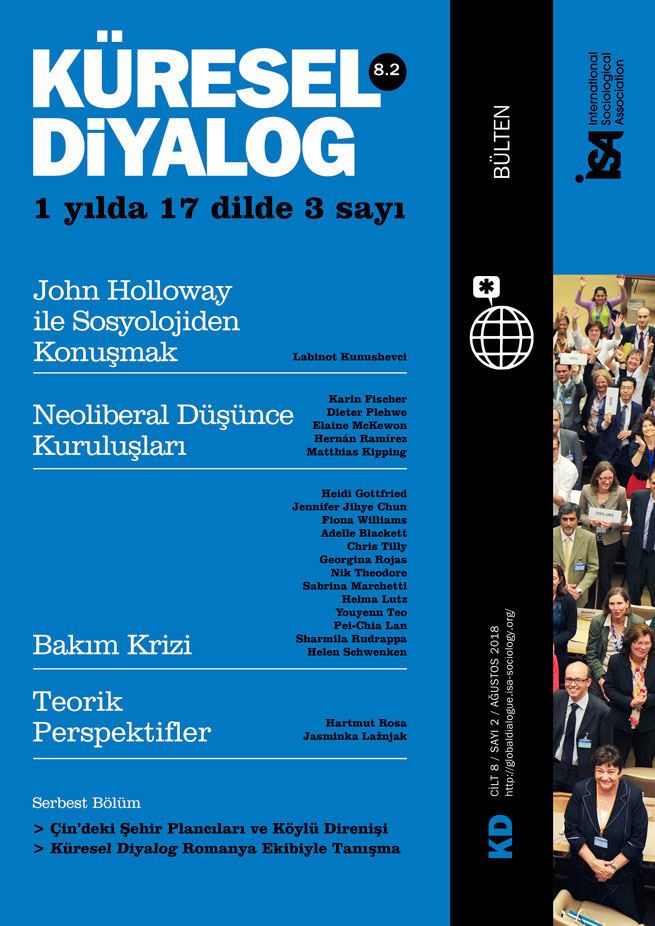In Geneva on June 16, 2011, amidst the clapping and singing of dozens of domestic workers gathered from all over the world, the International Labour Organization (ILO) passed Convention No. 189 “concerning decent work for domestic workers,” and the related Recommendation No. 201. This was a striking achievement in comparison to the traditional lack of rights for a category of laborers who, in different social contexts, usually belong to the most impoverished and socially stigmatized groups (poor women and children, undocumented migrants, ethnic minorities, etc.). In several countries, domestic work is not recognized as “work” and is therefore excluded from labor protections. Domestic workers are often deprived of monetized salaries and compensated with only food and shelter. Also, in countries where domestic work is regulated through labor laws, the provisions differ significantly from those in place for other jobs, having lower remuneration and less social protection.
However, in recent years, there has been a gradual development of what can be seen as the “global governance of paid domestic work”: a multi-layered and highly heterogeneous framework for the improvement of domestic workers’ rights, with the interplay of different types of global and local actors. In the process, the status of paid domestic workers – their poor conditions and the discrimination they face in different parts of the world – has come to be seen as a “global problem” whose governance is a challenge that exceeds national borders. In fact, on the institutional side, not only the ILO, but also United Nations (UN) Women, the International Organization for Migration, the Global Forum on Migration and Development, the European Fundamental Rights Agency, the UN Commission on the Status of Women, and several international trade unions have undertaken specific actions to promote domestic workers’ rights in recent years. At the same time, the founding of the International Domestic Workers Federation (IDWF) in Montevideo in 2012 revealed the global expansion of this workers’ movement built upon new connections between existing national and regional organizations composed (exclusively) of domestic workers.
In this scenario, it is important to consider the impact of C189 on campaigns for domestic workers’ rights waged in different national contexts. In fact, when one gets closer to the specificities of each country case, the behavior of social movements, states, and international organizations in relation to this issue shows important differences. One can often see quite contrasting ways for state and non-state organizations to position themselves around the issue, revealing how the context-dependent character of domestic workers’ rights can ultimately condition the capacity of C189 to mobilize actors in each context. This raises questions such as: how are different local actors reacting to C189 as a “global governance” measure for domestic workers’ rights? What role does the state play in this process? How do such processes relate to wider political and social transformations taking place at the national and regional levels?
As an exemplary way to answer these questions, based on the data available to the research team of the project DomEQUAL, I consider the cases of India and Ecuador, which reflect contrasting examples of how local (state and non-state) actors have taken up C189 as an opportunity to mobilize for domestic workers’ rights.
On the state level, Ecuador and India have shown two opposite attitudes: the Ecuadorian government has actively promoted domestic workers’ rights within its broader socioeconomic reforms, while the Indian government has been reluctant to put the question on its political agenda, despite the pressure of civil society groups. These national differences give shape to very different modalities in campaigns for domestic workers’ rights, resulting in different roles, purposes, and scope of action for key social actors.
The differences between India and Ecuador also reflect the differences between their geographical regions. The case of Ecuador mirrors the tendency in the Caribbean and Latin American region, during the time of the leftist governments in Brazil, Bolivia, Ecuador, and Venezuela, to improve the conditions of poor and vulnerable social groups, including women in domestic work. There seems to be an emulation effect there, with Latin American and Caribbean governments joining the ratification process one after another. Today the region has the highest concentration of ratifications, with fourteen signatories at the time of writing. The case of India is instead contextualized in a region where, in comparison to Latin America, fewer reforms have been adopted to improve the human rights of women and migrants in general. In all of Asia, only the Philippines have ratified C189 so far. This has a negative impact on domestic workers’ rights.
For these reasons, India and Ecuador also show different trends in relation to who occupies the role of “incumbent actor,” meaning the actor who has promoted new normative and legal advancements in domestic workers’ rights. Whereas in Ecuador it was the national government that promoted a new normative framework, this is not the case in India, where legislation exists only at the level of some local states (like Kerala); for the rest of the country the ILO remains the main actor in promoting the legal protection of domestic workers. In India, I argue that the national state could actually be described as an opponent inside the field.
In conclusion, we may draw the hypothesis that in these two countries the differences in the interaction between actors have rallied around different ideas: the improvement of the human rights of domestic workers in India, as opposed to the more specific improvements of their labor conditions in Ecuador. These two different configurations of the purpose of the campaign correspond to the different types of actors who, along with domestic workers’ organizations, support and promote the campaign. Given the very broad frame of the campaign in India, it was difficult to find any relevant actor working on equality and human rights issues who did not subscribe to the campaign for domestic workers’ rights. This was not the case in Ecuador, however, where stakeholders from the traditional feminist, indigenous, and workers’ movements were more reluctant to join the campaign, seeing it as separate from their own goals.
Sabrina Marchetti, Ca’ Foscari University of Venice, Italy <sabrina.marchetti@unive.it>


